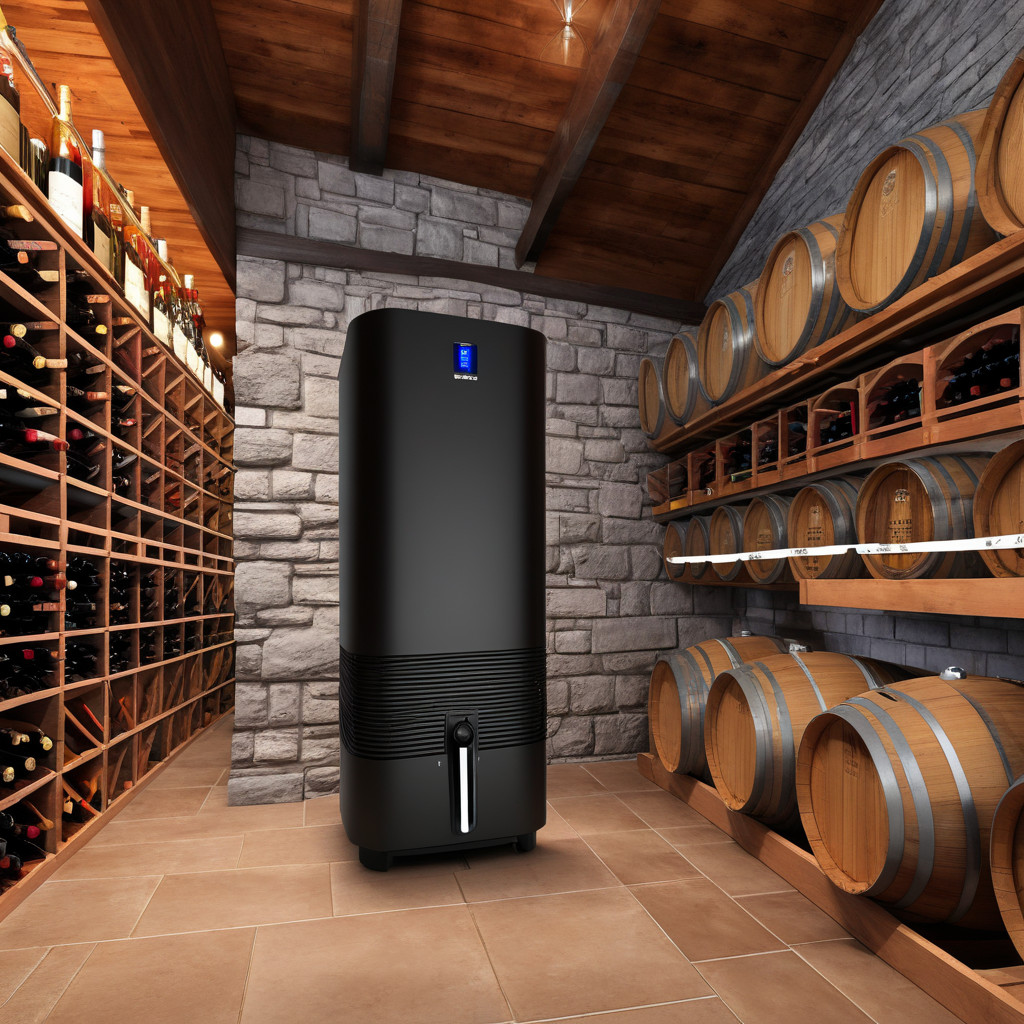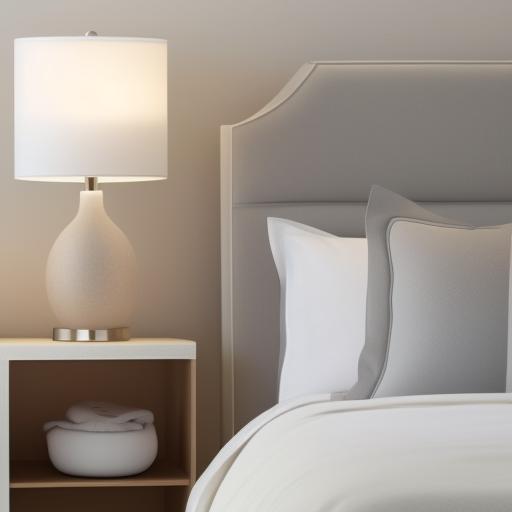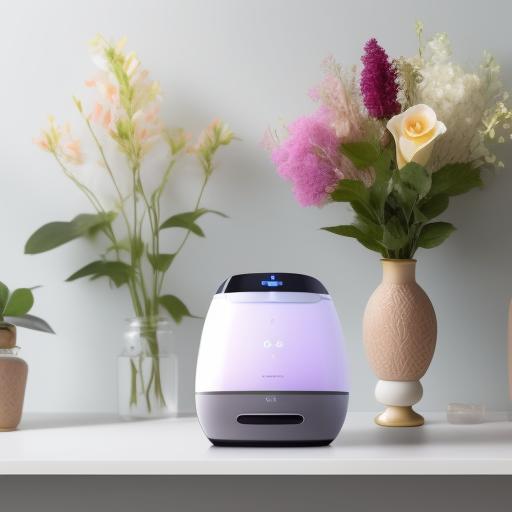
It’s vital to understand the importance of maintaining the ideal storage conditions in your wine cellar to preserve the quality of your valuable wine collection. One crucial aspect to consider is the type of humidifier you choose, as it can significantly impact the humidity levels and overall environment of your cellar. In this informative blog post, we will compare ultrasonic and evaporative humidifiers to determine which one is more suitable for your wine cellar based on specific requirements and optimal storage conditions.
Criteria for the Ideal Wine Cellar Environment
Before stepping into the discussion of which type of humidifier is more suitable for your wine cellar, it’s important to establish the criteria for the ideal wine cellar environment. Several factors play a crucial role in preserving the quality of your valuable wine collection, including humidity levels, temperature control, and environmental considerations.
Optimal Humidity Levels for Wine Preservation
The ideal humidity range for a wine cellar falls between 50-70%. Maintaining proper humidity levels is vital to prevent corks from drying out and wine from being exposed to oxidation. Low humidity levels can damage the integrity of the wine, while excessive humidity may lead to mold growth and label damage.
Temperature and Environmental Considerations
Preserving the quality of wine also requires maintaining a consistent temperature between 45-65°F (7-18°C). Fluctuations in temperature can have a negative impact on the aging process and flavor of the wine. Additionally, environmental factors such as light exposure and ventilation play a role in ensuring the longevity of your wine collection.
| Optimal Humidity Levels | 50-70% |
| Temperature Control | 45-65°F (7-18°C) |
Maintaining the ideal conditions in your wine cellar is crucial for preserving the quality and value of your wine collection. Any deviations from the recommended humidity and temperature levels can have detrimental effects on the wine’s taste, aroma, and overall quality. It’s important to invest in the right equipment, such as a suitable humidifier, to achieve and maintain the optimal wine cellar environment.
| Humidity Levels | 50-70% |
| Temperature Range | 45-65°F (7-18°C) |
Evaluating Ultrasonic Humidifiers for Wine Cellars
Little is as crucial for wine storage as maintaining the ideal humidity levels in your cellar. Regarding choosing the right humidifier for your wine cellar, considering the benefits and features of ultrasonic technology is imperative. You can learn more about how humidifiers are used in wineries by visiting Wineries.
Benefits and Features of Ultrasonic Technology
One of the key advantages of ultrasonic humidifiers is their high humidity output, making them efficient at quickly increasing the moisture saturation in the air. Additionally, these devices offer precise control over humidity settings, allowing you to maintain the optimal levels recommended for wine cellars with ease.
Ultrasonic humidifiers operate silently, ensuring a peaceful environment in your wine cellar. However, it is important to consider the challenges and drawbacks associated with this technology to make an informed decision for your cellar.
Challenges and Drawbacks
To explore the challenges and drawbacks of ultrasonic humidifiers, it is vital to consider the potential risks of over-humidification and the formation of white dust. Ultrasonic humidifiers can exceed the optimal humidity levels, which may negatively impact the aging process and flavor of your wines. Additionally, the release of inorganic minerals in the form of white dust can present aesthetic and potential quality issues in your wine cellar.
Ultrasonic humidifiers require regular monitoring and maintenance to ensure they are operating within the desired parameters. However, despite these challenges, the efficiency of ultrasonic technology in maintaining adequate humidity levels in wine cellars cannot be overlooked. Understanding how to mitigate the drawbacks associated with ultrasonic humidifiers will enable you to make an informed decision for your wine storage needs.
Evaluating Evaporative Humidifiers for Wine Cellars
Working Principle and Advantages of Evaporative Humidification
Evaporative humidifiers operate on the principle of natural evaporation, ensuring a steady increase in humidity levels without the need for ultrasonic vibrations. This process offers a more gentle and consistent humidity output, ideal for maintaining the delicate balance needed in a wine cellar. Additionally, evaporative humidifiers do not produce white dust, as they do not rely on breaking water particles into a mist like ultrasonic humidifiers, ensuring a cleaner storage environment for your precious wines.
Limitations and Maintenance Considerations
Evaporative humidifiers, while effective in maintaining constant humidity levels, may have some limitations to consider. They can take longer to achieve the desired humidity level compared to ultrasonic humidifiers, as they rely on natural evaporation. Additionally, the moist environment inside evaporative humidifiers can potentially attract bacteria, emphasizing the importance of regular maintenance and cleaning to prevent any contamination that could affect the quality of your wine collection.
It is crucial to carefully consider the limitations and maintenance requirements associated with evaporative humidifiers when choosing the right option for your wine cellar. Despite the slower humidification process and the need for regular cleaning, the natural humidification and absence of white dust make evaporative humidifiers a suitable choice for preserving the integrity of your wines over time. With proper care and maintenance, evaporative humidifiers can provide a stable and reliable environment for storing your valuable wine collection for years to come.
Comparing Ultrasonic and Evaporative Humidifiers
Not all humidifiers are created equal, and when it comes to choosing the right one for your wine cellar, the decision between ultrasonic and evaporative humidifiers can be crucial. Both types have their advantages and disadvantages, so let’s research into a comparison to help you make an informed choice.
Suitability for Maintaining Wine Quality
On the one hand, ultrasonic humidifiers are known for their ability to quickly increase humidity levels and offer precise control. However, there is a risk of over-humidification and the release of white dust particles, which can potentially affect the quality of your wine. In contrast, evaporative humidifiers provide natural humidification without the risk of white dust formation, making them a more suitable option for maintaining the integrity of your precious wine collection.
Efficiency and Operational Comparisons
An efficient humidifier is key to ensuring the optimal storage conditions for your wine cellar. Ultrasonic humidifiers excel in high humidity output and silent operation, but they may require more maintenance to prevent over-humidification and white dust issues. Evaporative humidifiers, although slower in humidification, offer energy efficiency and eliminate the risk of white dust formation. Regular cleaning is necessary to prevent bacteria growth, but their effectiveness in maintaining constant humidity levels makes them a favorable choice for wine storage.
The efficiency and operational comparisons highlight the importance of selecting the right humidifier for your wine cellar. While ultrasonic humidifiers have their strengths in terms of high humidity output and precise control, evaporative humidifiers shine in providing natural humidification, energy efficiency, and eliminating white dust issues. The choice ultimately depends on your priorities in maintaining the quality of your wines and ensuring a stable storage environment.
| Ultrasonic Humidifiers | Evaporative Humidifiers |
| High Humidity Output | Natural Humidification |
| Precise Control | No White Dust Formation |
| Silent Operation | Energy Efficiency |
Conclusion
As a reminder, when choosing between ultrasonic and evaporative humidifiers for your wine cellar, it’s crucial to consider the specific requirements for preserving wine quality. While both types have their advantages, evaporative humidifiers prove to be more suitable due to their natural humidification process, lack of white dust formation, and energy efficiency. Despite the slower humidification rate and the need for regular cleaning, evaporative humidifiers offer a more reliable and consistent environment for storing your valuable wine collection. Invest in a quality evaporative humidifier to ensure the longevity of your wines and enjoy peace of mind knowing that your cellar is maintaining the optimal conditions for your favorite bottles.
FAQ
Q: What are the ideal humidity levels for a wine cellar?
A: The ideal humidity range for a wine cellar falls between 50-70% to prevent drying out corks or promoting mold growth.
Q: What temperature range should be maintained in a wine cellar?
A: Experts recommend maintaining a constant temperature between 45-65°F (7-18°C) to preserve wine quality and avoid flavor changes.
Q: Why is humidity control crucial for wine storage?
A: Proper humidity levels prevent corks from drying out, oxidation of the wine, and damage to labels, ensuring the wine’s quality is maintained.
Q: What is an ultrasonic humidifier?
A: An ultrasonic humidifier uses ultrasonic vibrations to create a fine mist, increasing humidity levels quickly and offering precise control.
Q: What are the advantages of using an ultrasonic humidifier in a wine cellar?
A: Ultrasonic humidifiers offer high humidity output, precise control over humidity levels, and operate silently, maintaining a calm environment.
Q: What is an evaporative humidifier?
A: An evaporative humidifier relies on natural evaporation to increase humidity levels without producing white dust commonly seen in ultrasonic humidifiers.
Q: Why are evaporative humidifiers recommended for wine cellars?
A: Evaporative humidifiers provide natural humidification, do not release harmful minerals, are energy-efficient, and have a positive impact on wine quality without the risk of over-humidification.



